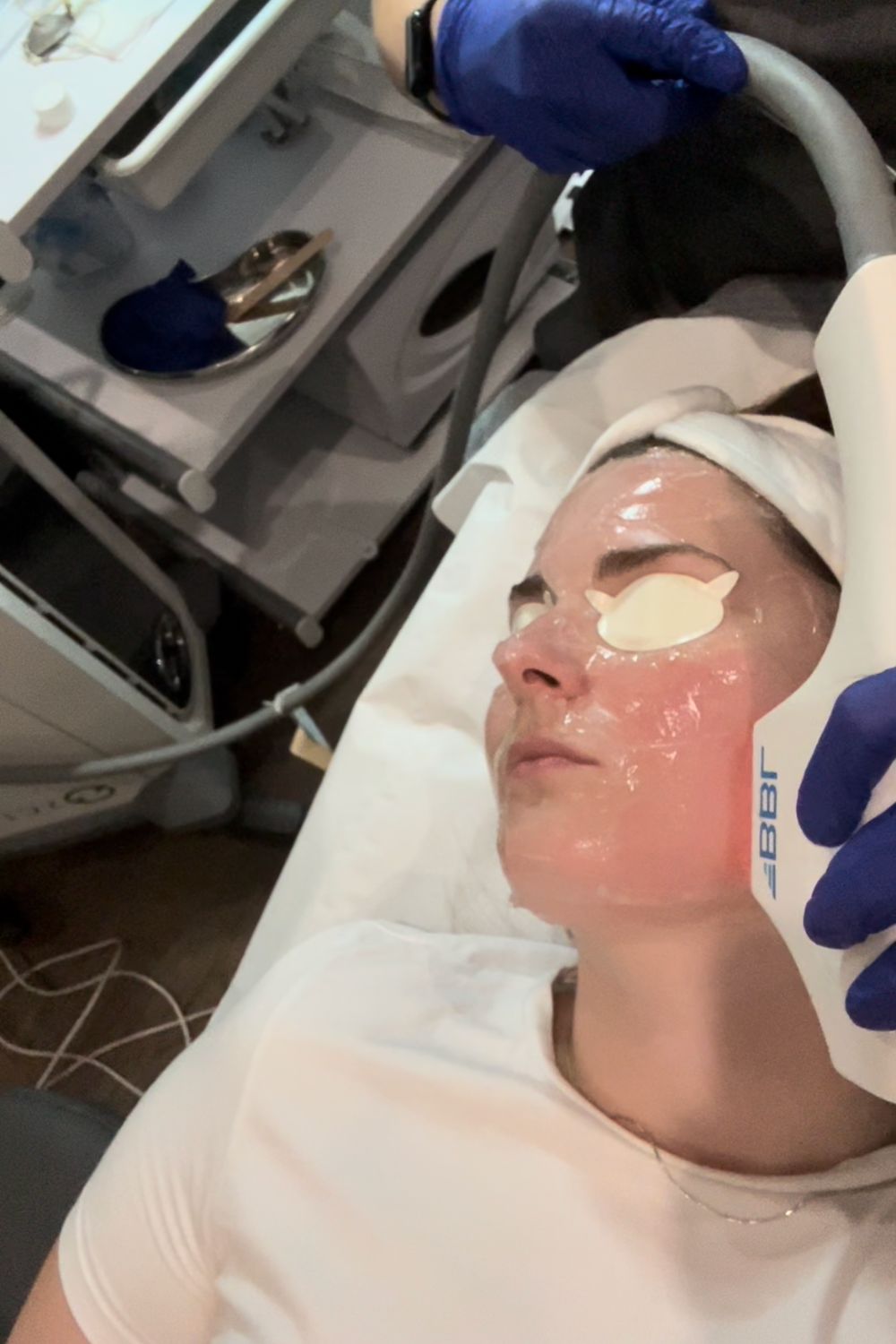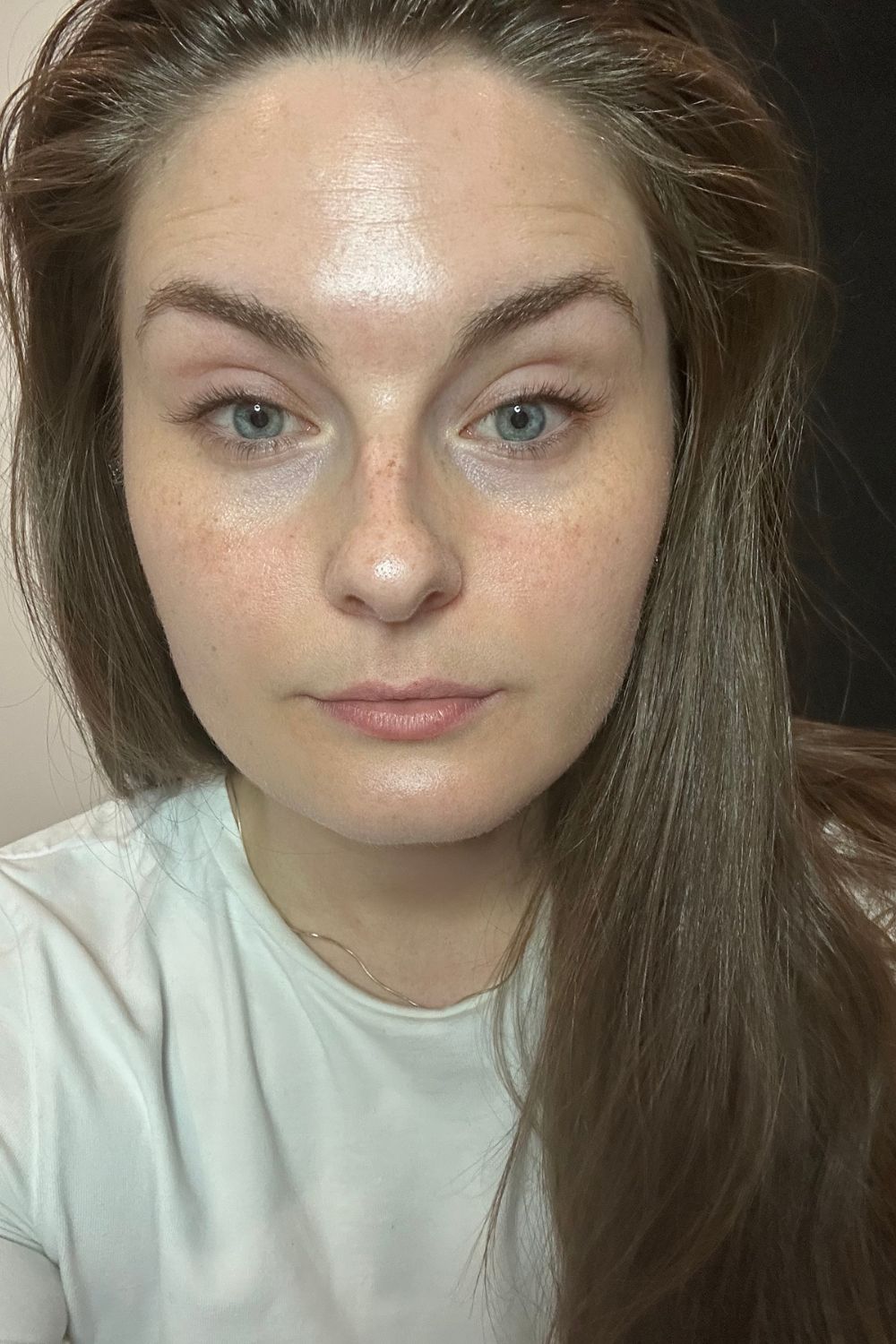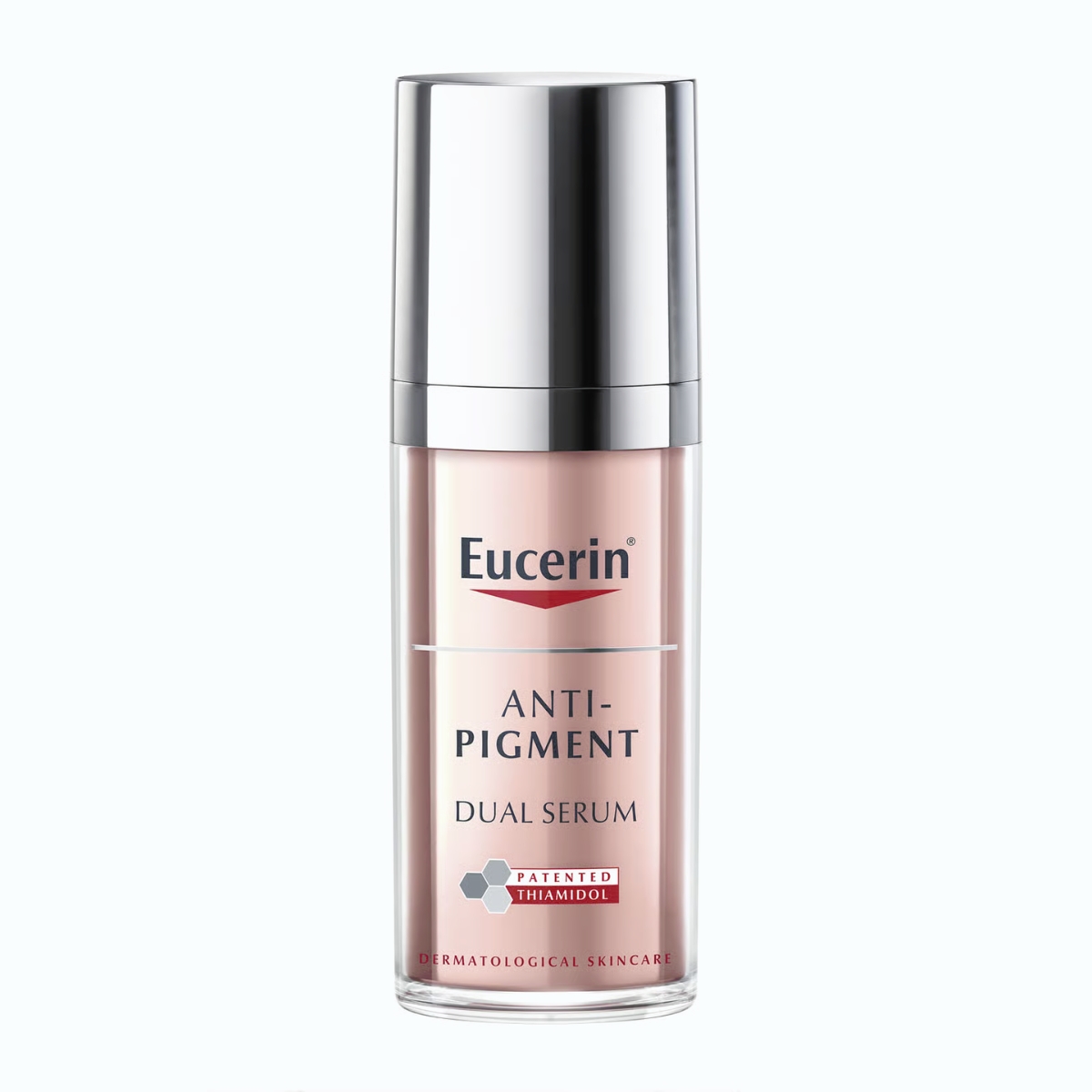I just had a BBL treatment, and my skin is the calmest and healthiest it has ever looked—here's my review
I'm truly impressed

I’ve always been passionate about skin. I’ve had a consistent skincare routine since I was an early teen (thanks, mum), worn sunscreen daily since I was 21 and, since becoming a journalist, I’ve tried all of the skin tech, facials and treatments I possibly can.
One treatment I’ve seen all over my For You Page recently is BBL, otherwise known as broadband light therapy (and not to be confused with a Brazilian Butt Lift), with people having amazing results for hyperpigmentation and redness. It was then suggested by two skincare experts in the same week to me to help get a handle on my own redness, so I felt like I had to give it a go.
If you’re considering this skin treatment or are just curious, here’s what I think you should know including, including my review of the process and the results.
What is BBL?
Broadband light (Sciton BBL) is a light therapy treatment that is “absorbed by the chromophores [a molecule that absorbs light] in the skin to destroy superficial pigmentation, such as brown spots and seal dilated blood vessels,” explains Elena Maxim, aesthetic practitioner at Mallucci (who carried out my treatment). “BBL also has a regenerative effect in the skin’s dermis, promoting collagen and elastin production to tighten the skin and improve skin texture,” she add. Sounds good, right?
For my skin specifically, Maxim focused on lightening my brown spots, caused by sun damage, and she also focused on improving overall redness in my skin, as well as treating broken capillaries around my nose.
The best candidates for BBL are people who “have dark spots, uneven skin pigmentation, fine lines, acne and wrinkles on their skin that they want to improve,” explains Maxim. Not everyone can have the treatment. “Certain medications, such as Accutane, can make a person ineligible for BBL laser treatment. Open wounds on the area being treated may not be suitable for BBL as the healing wound can be disrupted and cause more post-inflammatory hyperpigmentation and can also lead to scarring,” she adds.
Also, those who are pregnant and breastfeeding should avoid the treatment. BBL is also limited to the skin tones it can treat, so it’s always best to speak to an experienced practitioner for a consultation to see what treatment is best—certain types of laser treatments can, unfortunately, exacerbate hyperpigmentation.
Marie Claire Newsletter
Celebrity news, beauty, fashion advice, and fascinating features, delivered straight to your inbox!

What’s the difference between BBL and laser?
This is where things get a little confusing. BBL isn’t actually a laser. It’s a type of light therapy, but it isn’t quite the same as intense pulsed light (IPL) therapy, either. The main difference between them all lies in the depths in which the light can penetrate the skin.
Lasers can penetrate to one, deeper layer of the skin, whereas BBL can penetrate various depths of the skin layers. That’s why, in very simple terms, BBL has less downtime than some lasers.
Maxim explains that while IPL and BBL share similarities, there are a few key differences. The main difference is, “BBL is a more precise treatment than IPL, allowing for improved targeting of specific skin issues with greater accuracy,” says Maxim. “It can also reduce wrinkles and stimulate collagen products, resulting in smoother, younger-looking skin.” Another benefit of BBL is that it has little to no downtime.
Before BBL treatment

The BBL process
Step 1: I first had a VISIA skin scan, which uses a skin analysing machine that can detect damage. Since I’d already had one of these done a couple of weeks prior, and I had no concerns, we didn’t need to talk through it, but it’s now on my file. It’s brilliant for tracking progress. As you can see, my hyperpigmentation is by no means severe, it's mild (down to genetics and wearing sunscreen) and my redness on that day wasn't as bad as normal. However, I wanted to address the redness as well as tackle the emerging dark spots to prevent them from darkening over time.
Step 2: Maxim first applied an ultrasound gel to my face. For my rosacea skin type, this felt really cooling, so it was a welcomed addition. However, for those who like to prep themselves: expect it to feel cold.
Step 3: Then we begin the facial. Maxim used different light wavelengths across my face to treat my various concerns. This is going to be different for everyone and your practitioner will tailor your treatment to you. This step didn’t hurt whatsoever. It felt a little warm in some places but no pain. The most uncomfortable part is the bright light. My eyes were safe and covered with sticky tape to protect them, but I still could see some of the flashes (mostly when Maxim was working on my forehead).
Step 4: After going across my whole face, Maxim moved onto the vessels around my nose. She warned me that they’d be a little spicy—and she wasn’t wrong. This was pretty painful. It was tolerable, but don’t trust anyone who says it has no pain. They were very short zaps that felt hot and tingly, but the burst of heat was over as quickly as it started. Maxim checked in with me the whole time, and I had the option to stop if it was too much. To me, it felt like a very intense threading session around the nose; that eye-watering sensitivity. It wasn’t painful enough to stop me doing it, though, and those vessels disappeared immediately!
Step 5: Maxim then slathered me in sunscreen and I was good to go.
BBL downtime

My face was a little red immediately after finishing the treatment, but as someone with rosacea, I was used to this, so it didn’t bother me at all.
Over the next week the pigment got darker and more prominent—so prominent that I had two friends (on the same day) tell me I had dirt on my face. It was just my sun damage getting ready to flake off. (In all fairness, it did look a lot like dirt.)
BBL results

By day 7, my skin looked as clear as it has been in years. The pigmentation had vanished, the visible vessels around my nose had disappeared and the redness notably reduced. In fact, I’ve noticed the redness has reduced overall, even during working out and on hot days. (Don’t get me wrong, I still go pretty red but it’s lessened.) There is still some pigmentation there, but I've only had one session (normally six are required) and the improvement, so far, is impressive.
I’ve experienced some perioral dermatitis around my nose for the last few months, and although it’s still a little red in the photos, this treatment also really helped calm that inflammation down and keep any flare-ups at bay.
If you're looking to treat broken capillaries, though, they might need some more work. "As the nose is a very vascular area, it will require more than one session (as well as some top-up sessions) to remove some vessels,” Maxim explains. “Typically, we advise a course of three sessions with one or two top-up sessions a year,” she adds. “For acne, it is recommended a course of six sessions, but this can vary from person to person.”
Best products for hyperpigmentation
Tori is a freelance beauty journalist and contributor for Marie Claire. She has written for various titles, including Allure, Glamour, Elle, Refinery29, Brides, and more. Currently training to be a nail tech, Tori is a total nail enthusiast and always has time to talk all things nail art. When she’s not writing about beauty and testing products, Tori can be found walking her rescue dog Pip, drinking great coffee, and eating as many croissants as humanly possible.
-
 Penn Badgley and Blake Lively kept their breakup a secret from the Gossip Girl cast and crew - here's what we know about their former relationship
Penn Badgley and Blake Lively kept their breakup a secret from the Gossip Girl cast and crew - here's what we know about their former relationshipBy Jenny Proudfoot
-
 Spring has finally sprung - 6 best outdoor workouts that are totally free and boost both body and mind
Spring has finally sprung - 6 best outdoor workouts that are totally free and boost both body and mindSoak in the nature and boost Vitamin D *and* endorphins.
By Anna Bartter
-
 This iconic rose perfume is a compliment magnet—it makes me feel ‘put together’ after just one spritz
This iconic rose perfume is a compliment magnet—it makes me feel ‘put together’ after just one spritzGrown-up and elegant, yet not at all dated.
By Denise Primbet



